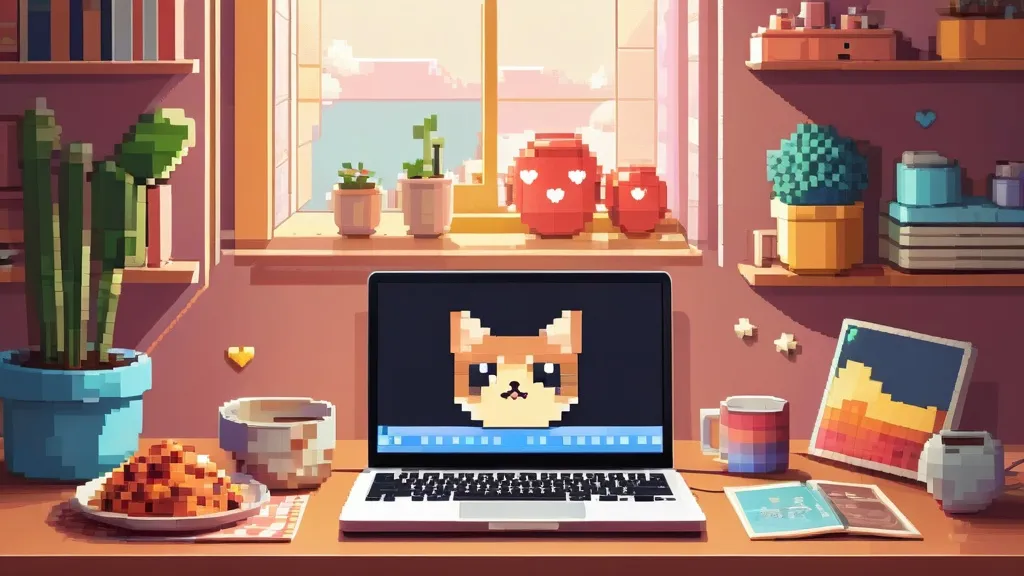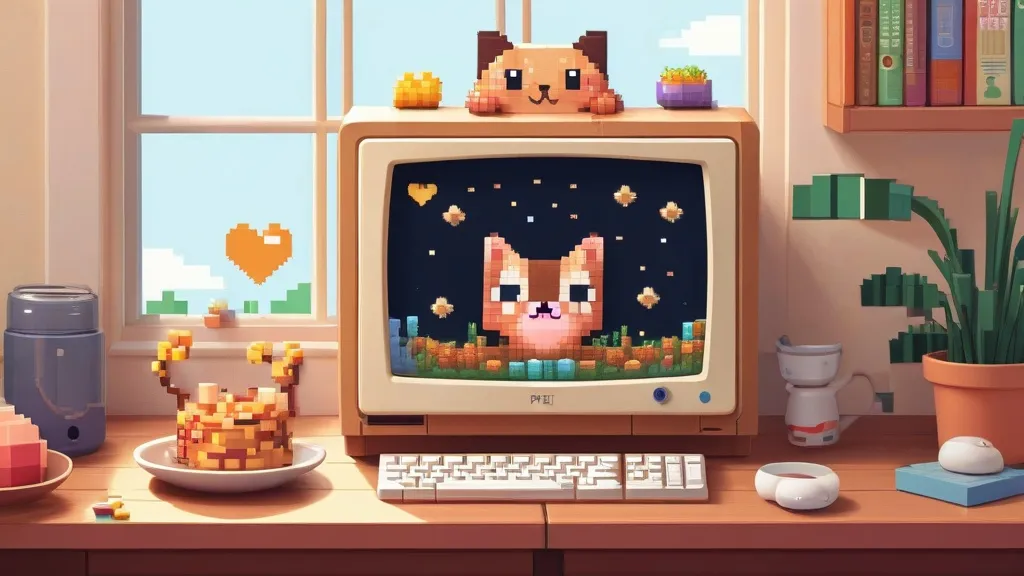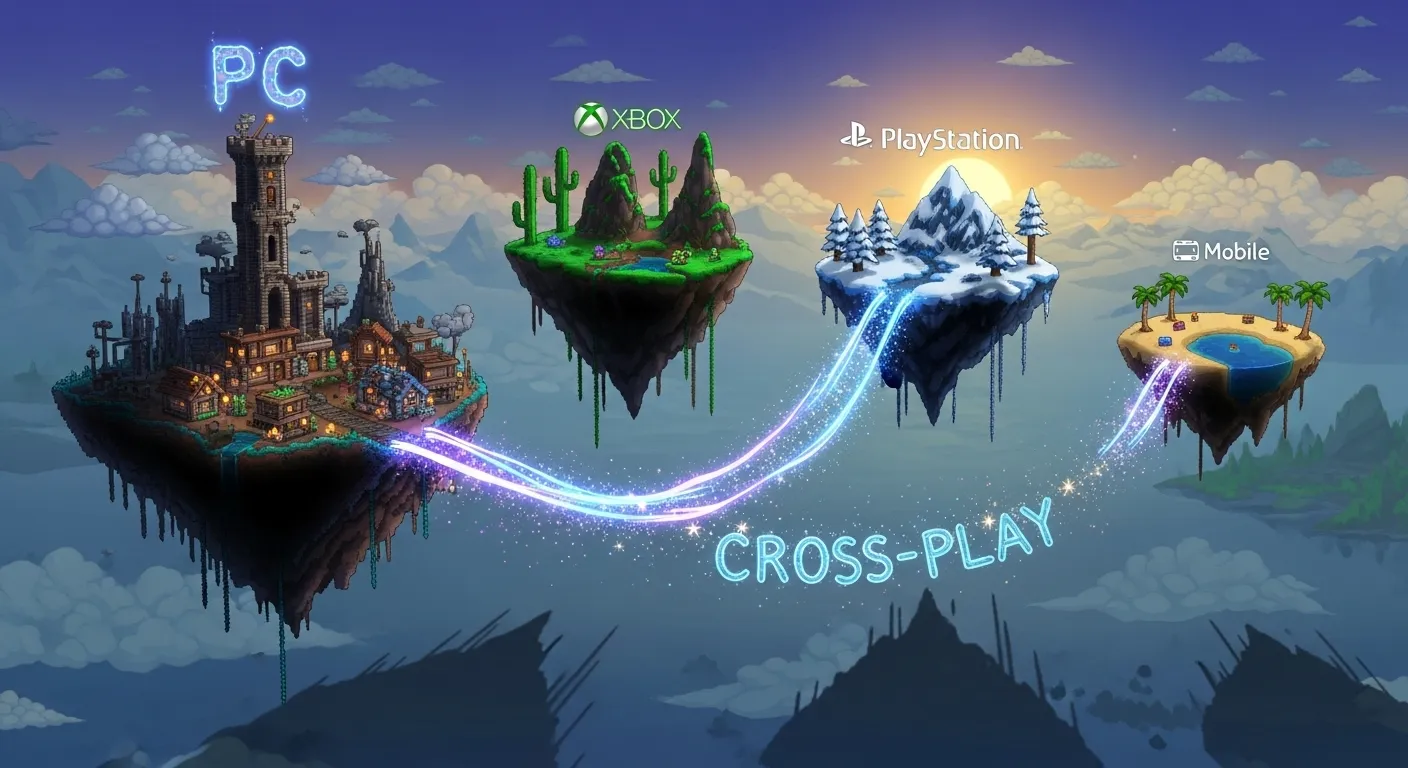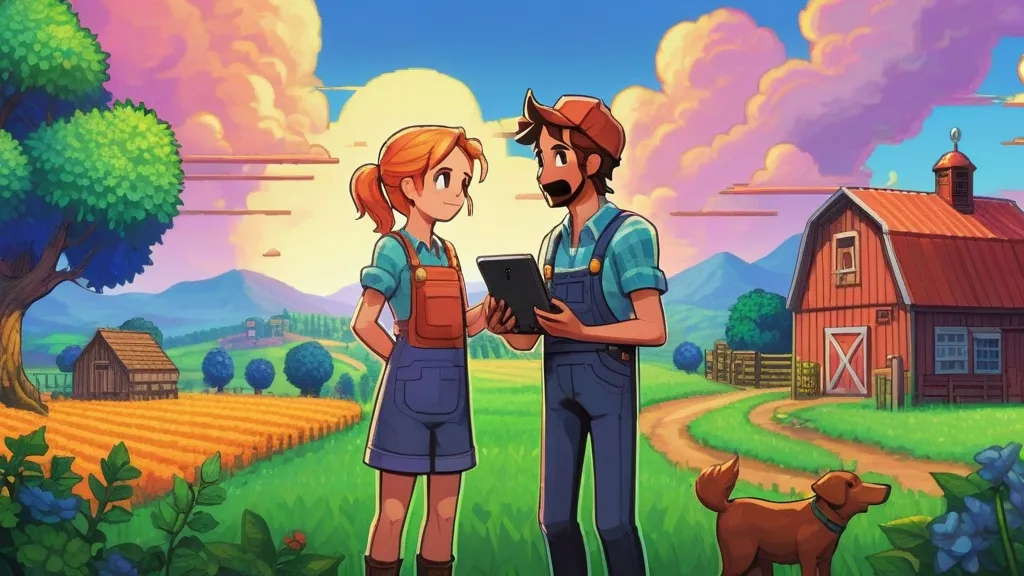As a designer-turned-wrangler of digital critters for 12+ years, here’s the quick take: pixel pets are tiny, low-stress virtual companions you feed, clean, and train—think life simulation games, retro pixel art, and indie game vibes. If you want cozy, daily wins without chaos, this is it.
If you’re wondering what a virtual pet actually is, imagine a digital animal that lives on your screen and needs care—simple systems like hunger, sleep, mood, and training. The basics go way back. Check the roots here: what a virtual pet means. I grew up on those little beeping eggs, graduated to browsers and mobile, and now I test modern indie sims for fun. Yes, for fun. I’m that person.
In my experience, the magic isn’t the graphics. It’s the loop. Wake up. Feed. Clean. Train. Maybe a mini-game. Maybe a battle. Then log off before it becomes a second job. I’ve always found that the best digital pets leave space for your real life. The worst ones spam you like a clingy ex.
Also, nostalgia is a whole mood here. I still remember my first 8-bit buddy that fainted because I thought “sleep” was optional. Spoiler: it’s not. If you like a smart breakdown of why old-school pixels still hit hard, this guide nails it: nostalgia meets modern gaming.
What I actually recommend to start

Pick your lane. Don’t try everything. Three paths I suggest:
- Cozy care sims: daily feeding, grooming, slow growth, light mini-games.
- Battle-focused: training stats, turn-based fights, event ladders.
- Builder/creator: design your home, craft items, collect skins and sprites.
For your first week, keep it easy. Start with one creature. Set a small routine. Ten minutes in the morning. Five at night. That’s plenty for most pixel pets. If the game pushes you to log in every hour? Hard pass.
If you want a quick place to browse and compare types, I keep an eye on this index of retro-style titles: curated pixel games. It’s a solid rabbit hole, in a good way.
And if you’re coming from the classics—yep, I’ve burned through batteries on the originals too. The cultural DNA of these games goes back to the famous egg device. It’s still a great reference for simple care loops and punishing neglect: the Tamagotchi blueprint. Learn the loop there, then enjoy how modern games remix it.
On art, vibe, and why tiny squares still work
I’ve always found that style beats realism. Pixel art lets your brain fill in the gaps. It’s like reading a great short story instead of watching a loud movie. If you want to see how blocky design shines in big worlds, this is a neat build-focused example I send to new creators: clean Minecraft pixel builds.
The daily loop (keep it light)
Here’s the simple cycle most games use. If your creature seems cranky, it’s usually one of these.
| Meter | What it means | Quick fix |
|---|---|---|
| Hunger | Low = slow growth, mood dips | Feed small, often. Don’t overfeed. |
| Energy | Tired = bad training results | Let it sleep. Don’t spam actions. |
| Hygiene | Dirty = sickness risk | Clean daily. Quick and done. |
| Mood | Sad = low XP, no sparkle | Pet, play mini-games, decorate. |
| Health | Sick = timers stall | Use meds. Check what caused it. |
When “cute” turns competitive
Not every pet sim is just tea and cozy blankets. Some are tactical, with stat spreads, counters, and turn order math. If you love strategy, peek at this explainer for retro-style skirmishes: retro meets strategy battles. I’m a sucker for speed builds and DOT stacking, and yes, I theorycraft for creatures that look like angry marshmallows.
Money traps and how I dodge them
Hot take: microtransactions aren’t evil. But “surprise eggs” and time-gated food? Hard no. What I do:
- I set a monthly cap. Small. Like pizza money.
- I never buy consumables. Only skins or permanent slots.
- If daily quests feel like chores, I leave. Games should fit life, not eat it.
Indie picks I keep replaying
I test a lot, but the ones I replay keep the loop tight and the humor dry. If you want a tour of smaller teams doing smart things with care systems, here’s a thoughtful roundup: indie pixel game standouts. You’ll spot patterns: clean UI, clear timers, and characters that show mood in two frames of animation. Chef’s kiss.
My rules for sane pet care (you can steal these)
- One main creature. Side critters are optional, not homework.
- Two check-ins a day. Morning coffee, bedtime tea. Done.
- No midnight alarms. If a game wants that—delete.
- Decorate slowly. A plain room isn’t failure; it’s clean UX.
- Ignore global chat. Touch grass, not drama.
Speed-level cheat sheet (not actually cheating)
Here’s how I get steady growth without burning out.
| Goal | What I do | Time |
|---|---|---|
| Early levels | Focus on food + sleep, quick play once | 5–8 min/day |
| Mid-game stats | Train after nap, avoid overtraining | 10–12 min/day |
| Event weeks | Pick 1–2 tasks, skip the rest | 15 min/day max |
| Decor goals | Save for one good set, not ten randoms | Zero rush |
Why these little squares keep winning

What I think is: restraint. Pixel art shows just enough. Your brain fills the rest. Pets “feel” alive with tiny cues—a blink, a hop, a sulk. That’s powerful. And yeah, I’ve seen fancy 3D sims with motion blur. Pretty. But I still prefer the tight, readable feedback loops you get with these tiny companions. There’s room for me in the space between the pixels. That’s the trick.
On community, trends, and staying picky
I’ve seen hype cycles come and go. Farming phases. Battle passes. Social hubs. I keep a small circle of games and rotate. The moment it feels like homework, I step back. If you’re new, do the same. Sample a few, commit to one. Give it a week. If it clicks, cool. If not, move on. You don’t need a digital zoo.
Stuff nobody tells you (but I will)
- Not every “rare” pet is worth the grind. Some are just palette swaps.
- Events are designed to stress you. Don’t bite every hook.
- Daily streaks are marketing. Missing a day won’t break your buddy.
- Most issues are fixed by sleep. Yours and the creature’s.
Mini history flex (super short)
I cut my teeth on beeps and keychain screens. Then browser hubs took over, and then mobile. Now we’re in a comfy mix—retro looks, modern quality-of-life, nicer UIs. I’ll be real: today’s care sims are kinder. They respect your time. That’s why I still play. And, yes, I still mess up bedtime and get the cranky face. Tradition.
Where nostalgia meets modern design
If you want to see how old-school design got remixed into smooth UX and cleaner loops, this longform explainer is worth a read on a coffee break: how indie devs polish classic loops.
Quick answers (because you asked)
-
How many pixel pet games should I start with?
One. Maybe two if you’re calm under pressure. Start small, build routine, then add more.
-
Do I need to pay to win?
No. Pay for style if you want. Skip consumables. The good games are fair without spending.
-
My pet keeps getting sick. What am I missing?
Usually hygiene or sleep. Clean daily, let it rest, and don’t spam training when tired.
-
What’s better: cozy care or battle-heavy?
Depends on your brain. If you like planning and numbers, go battle. If you want calm, stick to care sims.
-
How much time should I spend each day?
10–15 minutes is plenty. Morning check, quick night check. If a game wants more, it’s not for me.
Anyway, that’s my soapbox for today. I’ll go feed my grumpy blob now. It glares if I’m late, and honestly, same.
Henry Wright: Celebrating the artistry of gaming. I cover Pixel Games, Indie Battles, Arcade Classics, Gaming Culture, and Visual Design. Let’s explore the pixels together!

